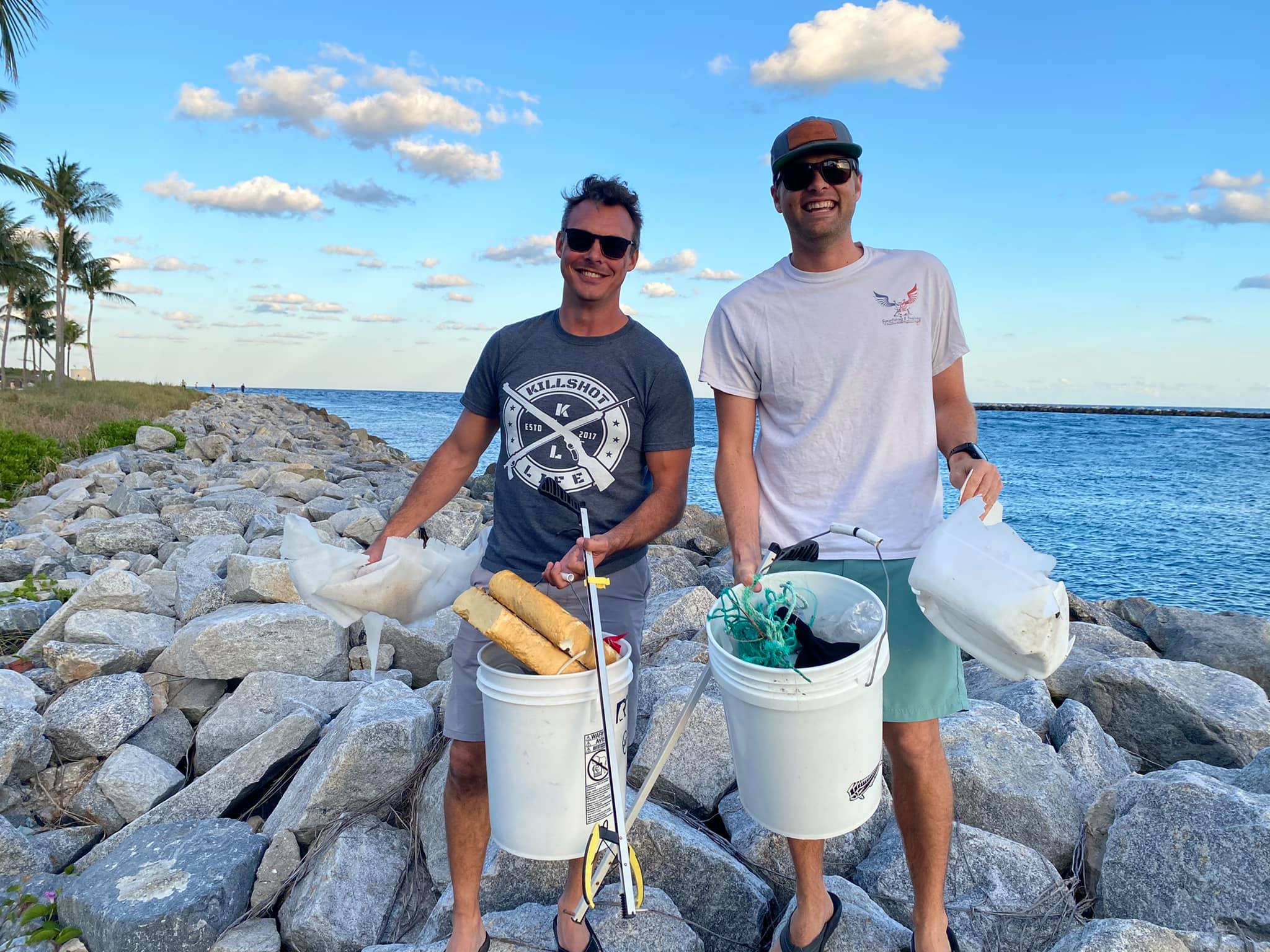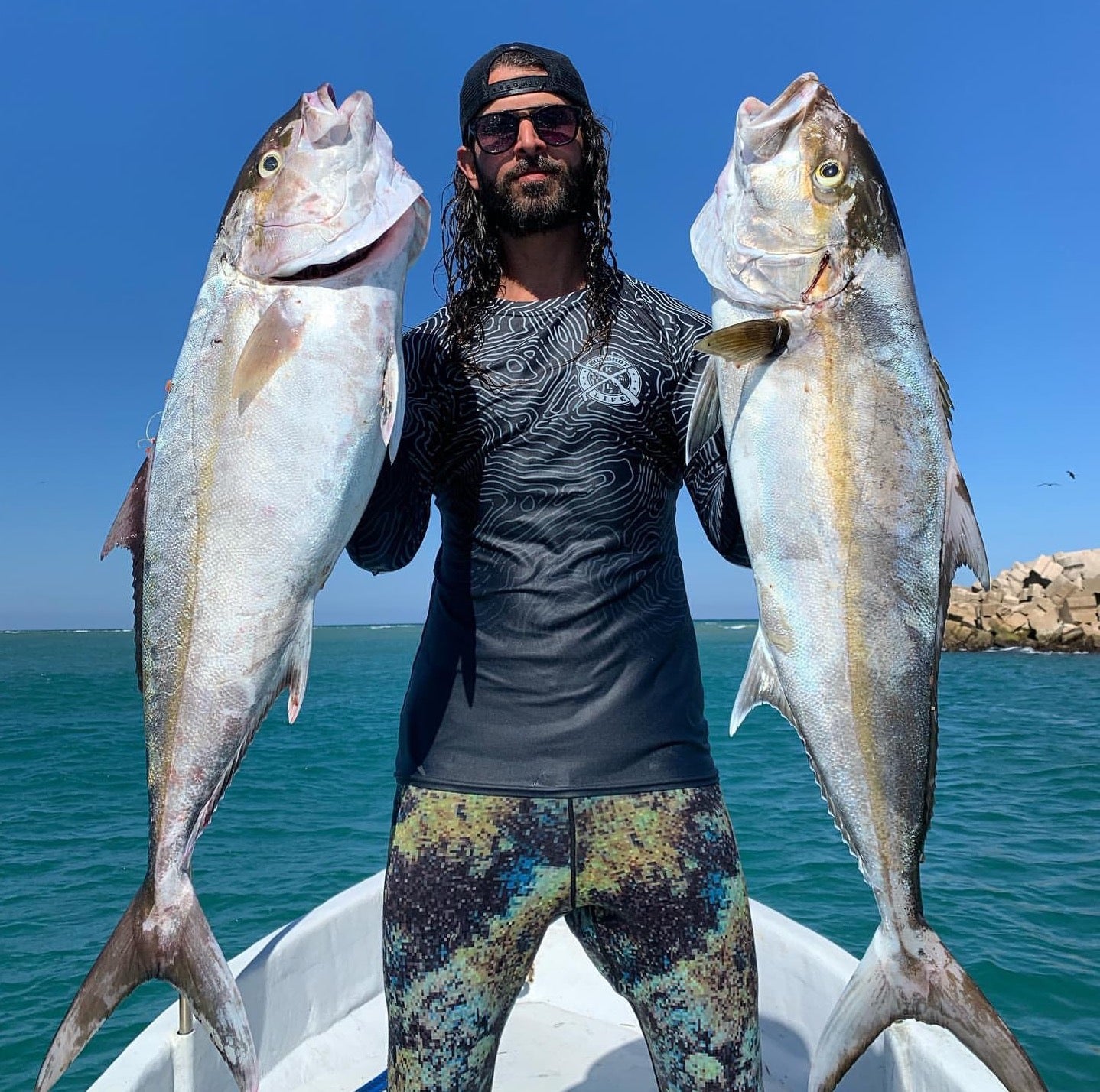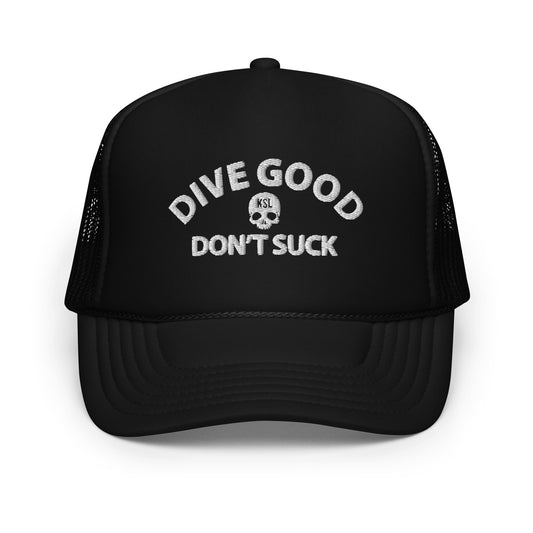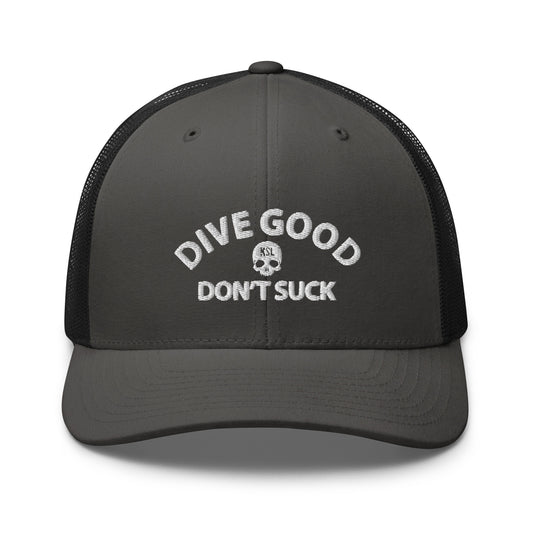How Dangerous is Spearfishing? Instructions on Minimizing Risk
Share

Spearfishing is an ancient method of fishing that has evolved into a popular and thrilling sport. However, like any water activity, it comes with its own set of risks. Understanding the potential dangers and taking appropriate precautions is crucial for ensuring a safe and enjoyable spearfishing experience.
The Dangers of Spearfishing:
-
Shallow Water Blackout: One of the most significant dangers in spearfishing is shallow water blackout. This occurs when a diver holds their breath for an extended period, depleting oxygen levels in the body. Upon ascending, the reduced pressure can lead to blackout, which can be fatal if not addressed immediately.
-
Marine Life Hazards: The underwater world is home to various marine creatures, some of which can be dangerous. From territorial fish to sharks, encounters can escalate if not handled carefully. Understanding the behavior of marine life and respecting their habitats is essential to minimize the risk of dangerous encounters.
-
Barotrauma: Changes in pressure underwater can cause barotrauma, affecting the ears, sinuses, and lungs. Equalizing pressure during descents and ascents is critical to prevent injuries such as ear barotrauma or lung barotrauma.
-
Equipment Malfunctions: Spearfishing involves specialized gear, including masks, snorkels, fins, and spearguns. Malfunctions in equipment can lead to dangerous situations underwater. Regular maintenance and thorough checks before each dive can help mitigate this risk.
Instructions on Minimizing Risk:
-
Proper Training: Before engaging in spearfishing, it is essential to undergo proper training. Enroll in a certified spearfishing course to learn about safety protocols, breathing techniques, and emergency procedures. Knowledgeable instructors can provide valuable insights and guidance.
-
Breath-Hold Training: Develop strong breath-holding capabilities through regular training sessions. Learning proper breathing techniques and increasing lung capacity can help reduce the risk of shallow water blackout.
-
Understand Marine Life: Familiarize yourself with the behavior of marine life in the area where you plan to spearfish. Knowing which species are present and their habits can help you avoid potentially dangerous encounters.
-
Buddy System: Always practice the buddy system when spearfishing. Having a dive partner can provide assistance in emergencies, enhance overall safety, and make the experience more enjoyable.
-
Check and Maintain Equipment: Thoroughly inspect all spearfishing equipment before each dive. Ensure that masks, snorkels, fins, and spearguns are in good condition. Address any malfunctions immediately to prevent equipment-related accidents.
-
Dive within Your Limits: Know your personal limits and adhere to them. Avoid pushing yourself beyond your capabilities, especially in terms of depth and breath-holding. Gradually increase difficulty as you gain experience and confidence.
-
Stay Informed on Weather Conditions: Keep an eye on weather forecasts and sea conditions before heading out. Unfavorable weather can pose additional risks, such as strong currents and rough seas.
Spearfishing, while an exciting and rewarding activity, requires a thorough understanding of its inherent risks. By prioritizing safety through proper training, equipment maintenance, and knowledge of marine environments, enthusiasts can enjoy the sport responsibly. Remember, the key to a successful and enjoyable spearfishing experience lies in minimizing risks and respecting the underwater world.












